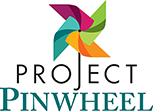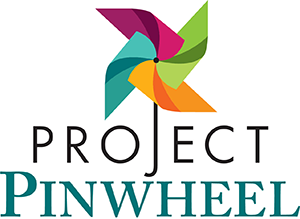Do Children Sexually
Abuse Other Children?
It is estimated that in roughly one third of child sexual abuse cases, the offender is another juvenile (under 18). Child-on-child sexual abuse is a form of child sexual abuse in which a young child is sexually abused by one or more other children or adolescent youths, and in which no adult is directly involved.
Child-on-child sexual abuse differs from “natural sexual play” (ie: playing doctor) in that it is sexual activity* between children that occurs “without consent, without equality, or as a result of coercion.” In other words, if any of the following are present, it is considered harmful/abusive:
- The behavior isn’t mutually wanted. One child is or being coerced into the activity through the use of physical force, threats, trickery or emotional manipulation to elicit cooperation;
- They aren’t equals. There is a significant difference in age, size, intellect, strength, ability or emotional development between the children;
- It’s planned. One child initiates the interaction deliberately for the purposes of their own sexual stimulation and pleasure.
- It feels bad. Unwanted sexual contact between two children causes feelings of guilt, shame and embarrassment. The child who is harmed often feels confusion, fear, disbelief and like it’s their fault.
*What is Sexually Appropriate? – See the Sexual Behaviors in Kids section of our website.
What do we know about
sexually harmful youth?
A 2009 Justice Department report that examined child sexual abuse found that 35.6% of child sexual abuse crimes were committed by juveniles. The study also revealed some characteristics of these offenders of note:
- 93% were male
- Peak age of offending were 12-14
- Most victims (59%) were under 12
- 75% of victims were female.
- Males tend to offend at an earlier age than females.
Why do some children
sexually harm others?
The reasons why children sexually harm others are complicated and not always obvious. Some of them have been emotionally, sexually or physically abused themselves, while others may have witnessed physical or emotional violence at home. Even though there are no definitive causative factors, many risk factors have been found to be highly correlated with youth who sexually abuse. Most recent studies indicate the following three factors to be highly correlated with sexually harmful youth:
- Experiencing neglect
- Exposure to hyper-masculine role modeling, and
- Witnessing domestic violence
For some children it may be a passing phase, but the harm they cause to other children can be serious and some will go on to abuse children into adulthood if they do not receive help. For this reason it is vital to seek advice and help as soon as possible.
Will they do it again?
The good news is that youth offenders are not likely to re-offend. This may come as a surprise…especially since adult offenders are highly likely to re-offend. Several studies have consistently shown that 85 to 95% of offending youth are never again arrested for sex crimes. Again, proper treatment and help are key to disrupting harmful behaviors.
Helpful Links
National Center on Sexual Behaviors of Youth –Information for youth, parents and caregivers regarding healthier responses to and prevention of problematic sexual behaviors in youth.
Understanding & Coping with Sexual Behavior Problems in Children – overview sheet.
Cómo Entender y Manejar los Problemas deComportamiento Sexual en los Niños
Project REACH – Part of the Boulder County Impact Program, Project REACH offers treatment for sexually abusive youth. 303-441-1511
Child Molestation Research and Prevention Institute – offers resources and referrals to treatment providers for both adolescent and adult sexual offenders.

